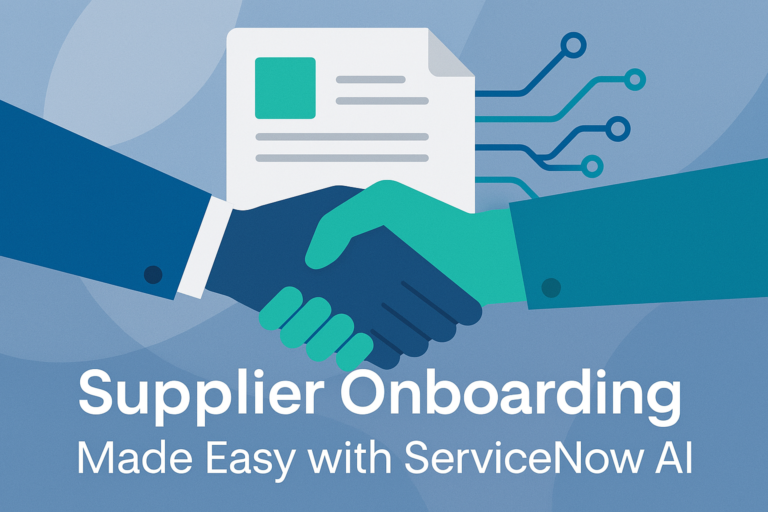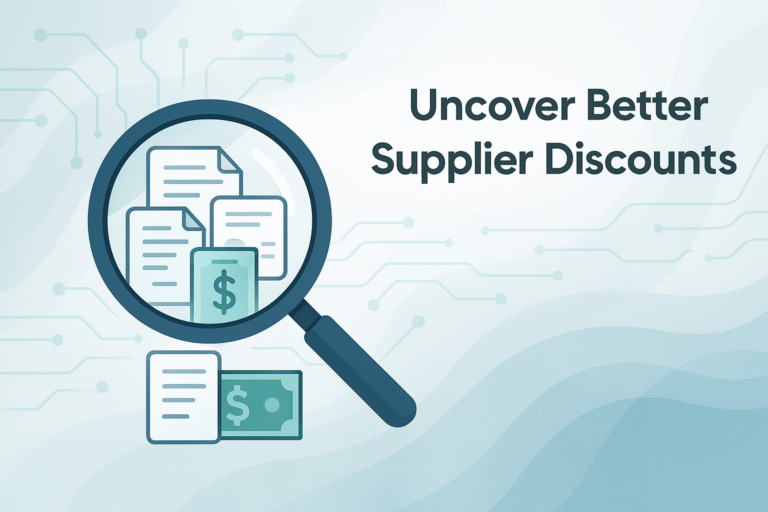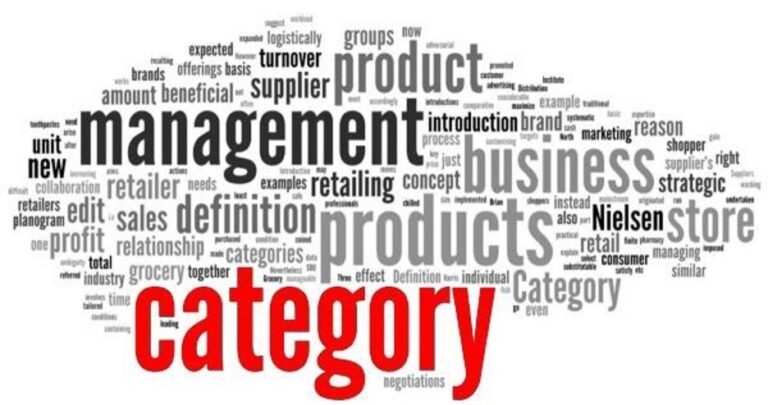Unlock Hidden Savings with Better Contract Compliance
Organizations across a variety industries recognize the increasing value of strict contract compliance. Ensuring suppliers adhere to agreed terms for goods and services is not just a legal formality – it delivers measurable business advantages. Below, we outline key horizontal outcomes of supplier contract compliance, with a focus on metrics such as cost savings, risk reduction, efficiency gains, cash flow improvements, audit readiness, rebate capture, and vendor performance. Each benefit is supported by data points or insights from industry research and case studies.
Cost Savings and Spend Control
Elimination of Maverick Spend
Purchases made off-contract (also-called Maverick spend) come at a higher price. Research shows that for every dollar of non-compliant spend, costs can increase by an extra $0.12–$0.18. By driving more spend to approved suppliers and negotiated contracts, companies avoid this markup and directly save on procurement costs.
Capturing Negotiated Savings (Preventing Leakage)
Significant savings negotiated by procurement often go unrealized without compliance oversight. The average company loses up to 22% of its expected savings to contract non-compliance and process gaps each year. Implementing strong contract management and compliance monitoring can recoup roughly 40% of that leakage. In other words, organizations that close the loop between sourcing and contracting substantially increase the realized savings from supplier deals.
Direct Cost Recovery through Audits
Enforcing compliance via regular contract compliance audits yields tangible refunds and credits. Audit experts report typically recovering about 2–4% of total audited spend in the form of overbilling corrections, pricing errors, or credits due. For large contracts, this can mean millions of dollars returned to the bottom line. These recoveries represent pure cost savings that would otherwise be lost in the cracks of non-compliance.
Bottom-Line Impact
The cumulative effect of compliance on profitability is significant. According to an analysis by EY, companies that fail to link contracts to execution (e.g., not enforcing terms in purchasing and payment) forfeit an estimated 1–5% of EBITA due to value leakage. Ensuring contract compliance helps plug this profit drain by aligning purchasing with negotiated rates, terms, and incentives.
Risk Mitigation and Compliance Assurance
Avoiding Penalties and Large Losses
Non-compliance with supplier contracts can expose businesses to legal, financial, and regulatory risks. A single major compliance failure or supplier-related incident costs over $14 million on average when you factor in operational disruption, legal claims, and remediation costs. In regulated areas, fines can be severe (for example, GDPR violations can start at 2–4% of a company’s annual revenue). Enforcing contract terms and regulatory clauses with suppliers mitigates these risks, helping companies avoid costly lawsuits, fines, and incidents.
Fewer Disputes and Liabilities
Proactive contract compliance management reduces friction in supplier relationships and unexpected liabilities. By making sure all parties live up to the agreed terms, companies minimize the likelihood of disputes arising from unclear expectations or unmet obligations. This means lower legal expenses and a more stable supply chain. In short, robust compliance acts as a form of risk insurance – preventing problems like intellectual property leaks, warranty claim issues, or non-compliant materials before they happen.
Third-Party Risk Control
Keeping suppliers in compliance with performance and security requirements helps contain third-party risks. For instance, in one survey, 41% of companies reported a significant third-party data breach in the past year. Enforcing data protection, service level agreements, and other risk-related contract terms reduces the chance of such failures. Strong contract governance provides a structured way to assess and monitor supplier performance against obligations, flagging early warnings if a vendor is struggling to meet standards. This vigilance protects the company’s operations and reputation.
Operational Efficiency Improvements
Streamlined Procurement Process
Enforcing contract compliance often goes hand-in-hand with process automation (e.g. guided buying systems, purchase order matching). This reduces manual work and errors in procurement. For example, using a three-way match (PO, invoice, contract) ensures invoices align with contract terms, preventing costly exceptions like duplicate or incorrect payments. Fewer off-contract purchases and invoice discrepancies mean procurement cycles run faster with less administrative overhead. Teams spend less time correcting mistakes or chasing approvals, and more time on value-added activities.
Productivity Gains
With compliance controls, procurement staff aren’t firefighting as much “rogue spend” or contract deviations. This translates to efficiency. Many CPOs note that high operational workload is a barrier, and automating compliance checks is a relief – they can “reclaim time” for strategic work. By standardizing purchasing through approved suppliers, companies reduce the number of special cases and one-off negotiations, which simplifies workflows. The net result is doing more with less: procurement departments can manage greater spend volumes or more suppliers without adding headcount because processes are smoother and more compliant by design.
Cash Flow and Financial Liquidity Impact
Working Capital Optimization
Adhering to contract payment terms helps companies manage cash outflows. Paying invoices no earlier or later than stipulated ensures you maximize cash on hand or take advantage of early-payment discounts when they exist. Conversely, when payments don’t comply with contract terms, it’s essentially cash leaving the business that could have been used for growth. Compliance prevents inadvertent early payments or overpayments that hurt cash flow. By sticking to negotiated net payment periods (or capturing prompt-pay discounts), organizations keep more cash available, improving liquidity.
Avoiding Cash Leakage
Contract compliance processes also plug holes in the financial pipeline. For example, automated compliance checks and audits prevent duplicate payments, over-billings, or missed credits that would unnecessarily drain cash. Ensuring suppliers invoice at contracted rates and terms means the company isn’t tying up extra cash due to errors. Additionally, enforcing rebate and discount clauses (covered below) brings in cash that might otherwise be overlooked. This contributes to a healthier cash conversion cycle and frees up capital for other uses. Companies that excel in procurement compliance often see improvements in metrics like days payable outstanding (DPO) and overall cash flow from operations.
Audit Readiness and Governance
Regulatory and Policy Compliance
Strong contract compliance makes organizations inherently audit-ready. All procurement actions are aligned with signed agreements and documented, which auditors love to see. Regular procurement audits or compliance reviews ensure that contracting practices adhere to internal policies and external regulations. This means when an internal auditor or regulator comes knocking, the company can readily demonstrate that supplier transactions followed approved terms and pricing. Compliance record-keeping (contract repositories, approval logs, etc.) reduces the risk of audit findings or control exceptions.
Transparent Governance
Emphasizing contract compliance creates a culture of accountability and transparency in supplier management. There’s a clear trail of who agreed to what, and how each party performed. This not only shortens audit cycles (since information is organized and accessible), but also builds confidence with stakeholders and inspectors. Essentially, robust contract compliance serves as proof of strong internal controls in the procurement process. Companies with high on-contract spend and diligent monitoring are far less likely to face unpleasant surprises in audits, such as unapproved vendor arrangements or missing contract documentation. This preparedness can also support smoother SOX compliance and other governance requirements, avoiding penalties associated with compliance lapses.
Rebate Realization and Discount Capture
Maximizing Supplier Rebates
Many supplier contracts include rebate programs or volume discounts (e.g., spend $X in a period to get a rebate). Ensuring compliance is crucial to actually realize these incentives. Without active tracking, companies often fail to claim earned rebates – in fact, about 4% of potential rebate revenue typically goes unclaimed in industries that use supplier rebates heavily. That 4% of spend is incremental margin that businesses leave on the table. Companies can convert negotiated rebates into real cash by diligently monitoring purchase volumes against contract targets and submitting claims per contract terms. This can significantly improve the cost-of-goods sold when reclaimed rebates are factored in.
Capturing Discounts and Credits
Compliance efforts also catch cases where suppliers don’t fully give the discounts or credits owed. Common sources of lost savings include *“underpaid rebates and incentives” or failures to apply contractually agreed discounts. Regular compliance checks and audits will identify these discrepancies so they can be corrected, ensuring the buyer receives every price break negotiated. The benefit is twofold: immediate recovery of past due credits and improved processes so that future invoices reflect correct discounts upfront. Over time, this strengthens the ROI of strategic sourcing agreements – the organization reliably collects 100% of the negotiated benefits (rebates, free goods, volume price breaks), bolstering its profit margins.
Vendor Performance and Relationship Management
Improved Supplier Performance
Enforcing contract compliance means holding suppliers to the agreement’s performance standards, delivery times, and service levels. This rigor directly impacts vendor performance metrics. For example, if a contract specifies on-time delivery and quality criteria, ensuring compliance will push the vendor to meet those targets consistently (or face penalties). Compliance audits often flag SLA violations where deliverables fail to meet the agreed quality/timeline – allowing the company to course-correct with the supplier. When suppliers know their performance is measured against the contract, they are more likely to deliver on promises. The outcome is fewer delays, better quality of goods/services, and more reliable operations for the customer. In short, contract compliance drives vendors to up their game, because expectations are clear and enforced.
Stronger Supplier Relationships
While it might sound counterintuitive, a structured compliance program can actually enhance trust and collaboration with suppliers. By providing a transparent framework (everyone sticks to the agreed rules), there is less room for conflict or resentment. Studies note that contract compliance audits can improve supplier relationships by encouraging open communication and reducing conflict. Top-performing procurement teams place heavy emphasis on supplier management and, as a result, enjoy 35% more collaboration and 58% higher supply chain visibility compared to their peers. This collaborative partnership approach – facilitated by clear contracts and compliance – means suppliers are more engaged in helping the customer succeed. They may bring innovation, prioritize the customer’s orders, or work on efficiency improvements together. Over time, compliant suppliers become strategic partners who consistently meet KPIs, driving mutual performance improvements.
Conclusion
In summary, ensuring that suppliers abide by contract terms is far more than a box-checking exercise – it delivers concrete business value across multiple dimensions. From hard savings (preventing overspending and capturing negotiated value) to risk avoidance (staying out of legal or regulatory trouble) and from process efficiency gains to financial improvements (better cash management and realized rebates), the benefits of contract compliance are well-documented. Equally important, a culture of compliance strengthens vendor relationships and performance, creating a virtuous cycle of accountability and trust. Companies that invest in contract compliance programs and tools position themselves to reduce costs, operate with less risk, and extract maximum value from every supplier agreement. These outcomes are broadly achievable across industries – as evidenced by the data and examples above – making contract compliance a key lever for business excellence in procurement.










